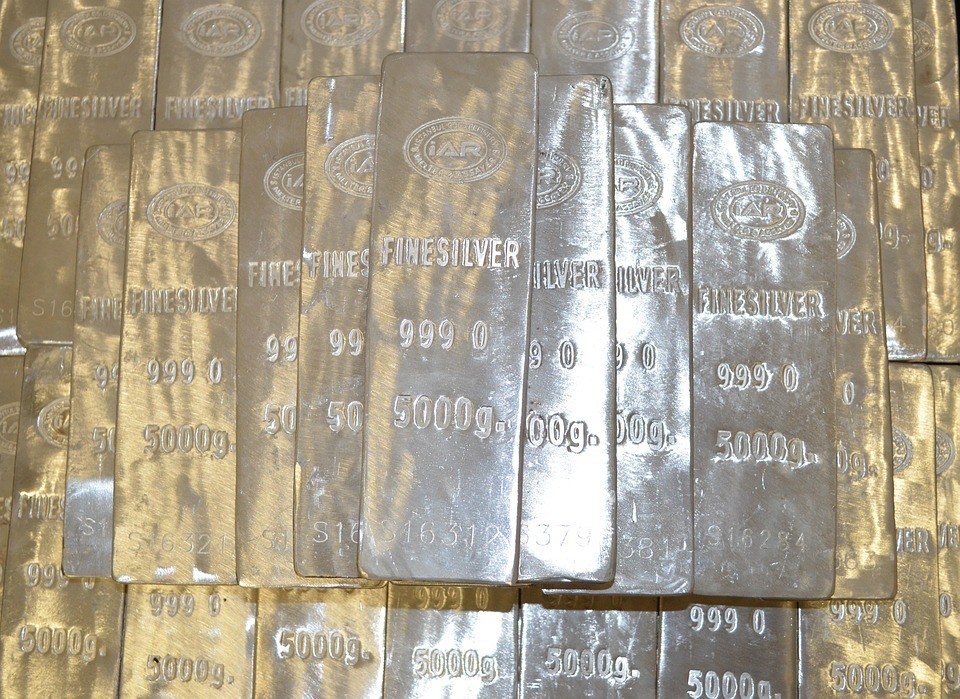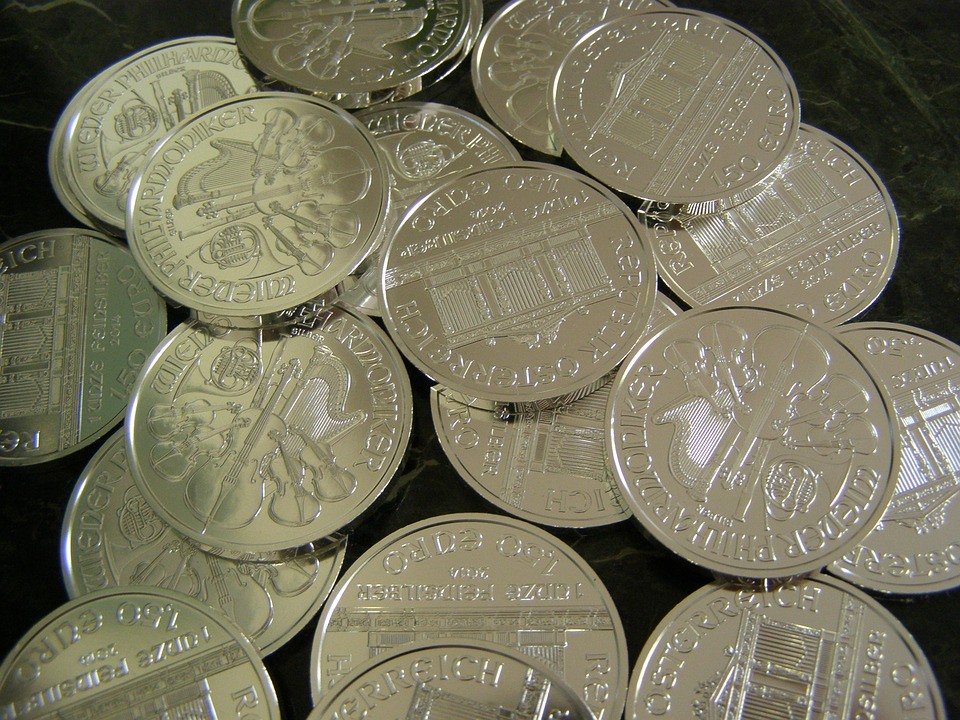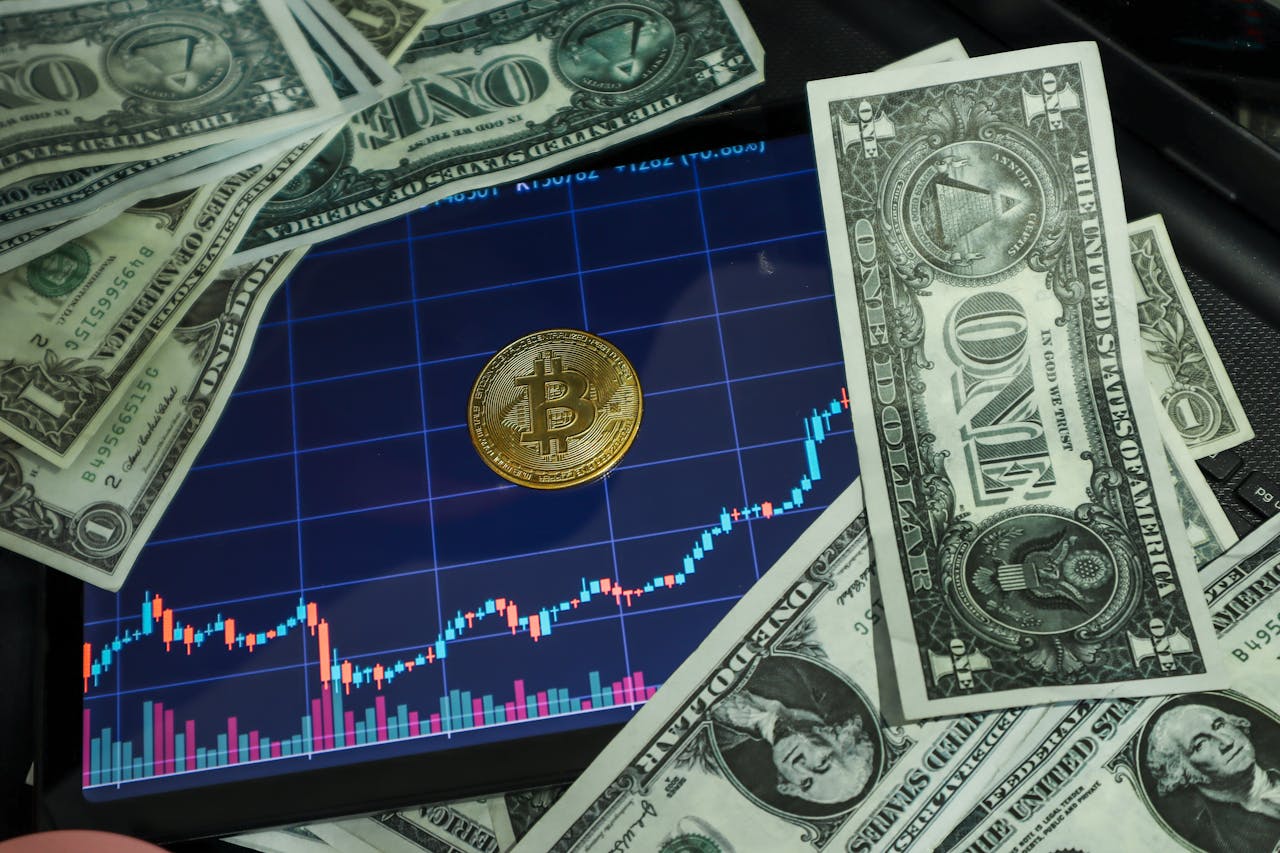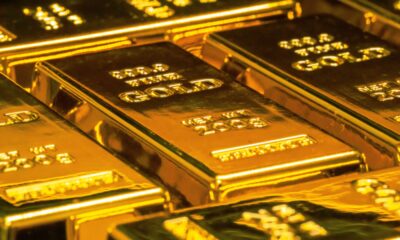Business
Physical silver as a safe-haven precious metal
Physical silver remains a viable investment, particularly to investors seeking safe-haven assets at times of uncertainties. Here are some tips on how to invest in silver.

Over the years, physical silver has become very attractive to investors. The value of silver as a legal tender has diminished. However, it is still a viable investment today and in the future. It remains to float investors’ boat despite low demand and high volatility.
This is especially the case among those who see value in investing in silver stocks, bullion coins or numismatic coins. Silver coins, for instance, can be used to fund Individual Retirement Accounts (IRA) investments in the United States. In the state of Utah, it can be as good as cash, the New York Times reported. Take a look at some experts’ advice on silver investing.
Choose physical silver over paper silver.
Silver prices depend on the price of physical silver and of paper silver, according to BullionStar. Physical silver refers to the “actual metal,” which you can store in value. Paper silver refers to securities such as exchange-traded funds (ETFs), futures, and futures-based mutual funds. Their value rises and falls depending on the spot price of silver.
The actual supply of silver is only equivalent to 1.3 million ounces per day. There’s a mismatch between this and silver’s daily trading which currently stands at 1.1 billion ounces. Bullion Star noted that eventually, this supply deficit will drive prices up as investors “try to redeem their shares in actual silver” or shift to investing in physical silver instead.
“Supply inevitably tightens, sending silver prices through the roof. This means the end of paper silver, but a bright, bright future for physical silver,” the website explained. “This is the primary reason why you should buy the asset that can be delivered to you, and not its derivatives. An ETF will never serve as currency in the way silver does.”
Follow the “three percent” rule.
Marotta Wealth Management president David John Marotta has a varying perception when it comes to holding silver, which he elaborated on in a Forbes article titled “Limit Your Investment in Gold and Silver to Less Than 3% of your Portfolio.”
Marotta doesn’t see the point in investing in gold or silver. Investments, for him, should create value and make one’s money work hard for him or her. Something that’s quite impossible, for example, with gold. Gold has a “low expected return (about inflation).” Aside from that, the yellow precious metal has “high volatility (much higher than the stock market), and terrible tax treatment at 28 percent capital gains tax.” Thus, he unequivocally advises clients to keep their optimum asset allocation to gold at zero percent.

Marotta quotes Warren Buffett who sold his silver coins. (Source)
However, Marotta knew clients won’t always agree with him. So, he requests them to maintain their investments in physical gold and silver to no more than 3 percent of their portfolio. He goes on to quote the great Warren Buffett, who once stocked up on 129.7 million ounces silver coins way back in 1998 for Berkshire Hathaway, only to sell them afterward.
Marotta quotes: “Gold gets dug out of the ground in Africa, or someplace. Then we melt it down, dig another hole, bury it again and pay people to stand around guarding it. It has no utility. Anyone watching from Mars would be scratching their head.”
Treat silver as a “store of wealth.”
Silver investing works well for hedging against hyperinflation and financial meltdowns. Arizona-based dealer CMI Gold & Silver says those who use silver for survival purposes are doing themselves a favor. The company cited the closing of banks in Argentina and Paraguay in 2002 as a good example of how wise investors leveraged silver to their advantage. Argentineans and Paraguayans who converted their assets to gold and coin silver (i.e. rare coins) were able to shield themselves from the ill effects of the financial turmoil.
“Not only did banks close but also when they reopened depositors were limited in the amount of money they could withdraw. Meanwhile, the Argentinean peso and the Paraguayan guarani sank in value. Shortly after those crises, Brazil defaulted on its international debt and its paper currency, the real, sank,” the company revealed.
CPM Group’s managing director, Jeffrey Christian, noted in a Bullion Vault report that Western silver investors who found success with the metal, “do not see silver as an investment, but as a store of wealth, an alternative to holding one’s wealth in a nationally issued currency such as the US Dollar,” he said.
“Instead of viewing silver as a speculative or short-term investment, buyers should see the metal as a core part of their long-term assets, the base in some cases of the individual’s wealth…much more meaningful and visceral to the owners than shares in a stock or a series of bonds they may hold for a period of time,” he advised.
Look out for silver’s future trends.
The Silver Institute’s report revealed that demand for silver would ride an upward trend. Expect this as investors increase their holdings by a whopping 50 percent between 2015 and 2024. Christian said this “would be expected to push annual average silver prices to a fresh record high further out.”
Forbes also reported that net silver purchases will reach up to 1 billion ounces in the form of various financial instruments. Financial imbalances from the 2007-2012 crisis, and mounting concerns over inflation and credit-default will bring about the uptick in demand.

-

 Business1 week ago
Business1 week agoThe TopRanked.io Weekly Digest: What’s Hot in Affiliate Marketing [uMobix Affiliate Program Review]
-

 Business2 weeks ago
Business2 weeks agoThe TopRanked.io Weekly Digest: What’s Hot in Affiliate Marketing [PureVPN Affiliates Review]
-

 Crypto2 days ago
Crypto2 days agoBitcoin Stabilizes Above $120K: Consolidation Signals Before Next Breakout
-

 Crowdfunding1 week ago
Crowdfunding1 week agoPMG Empowers Italian SMEs with Performance Marketing and Investor-Friendly Crowdfunding
























